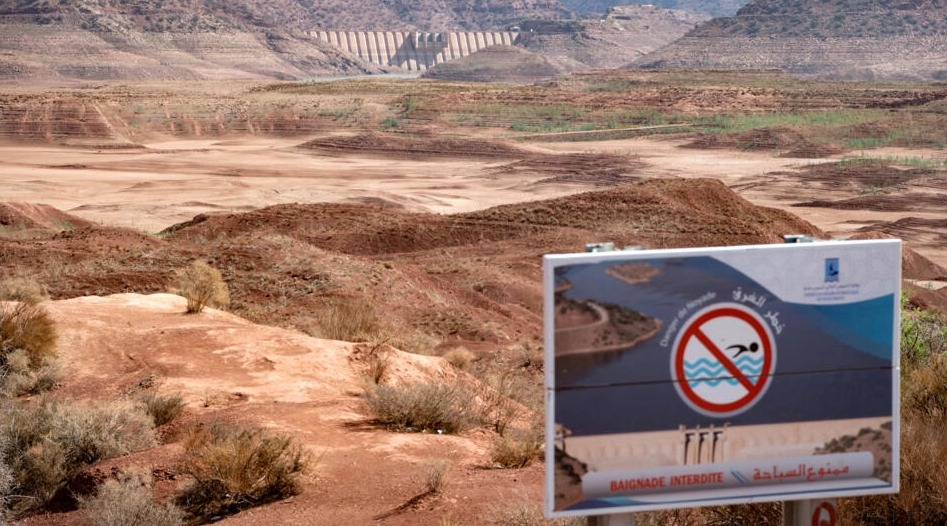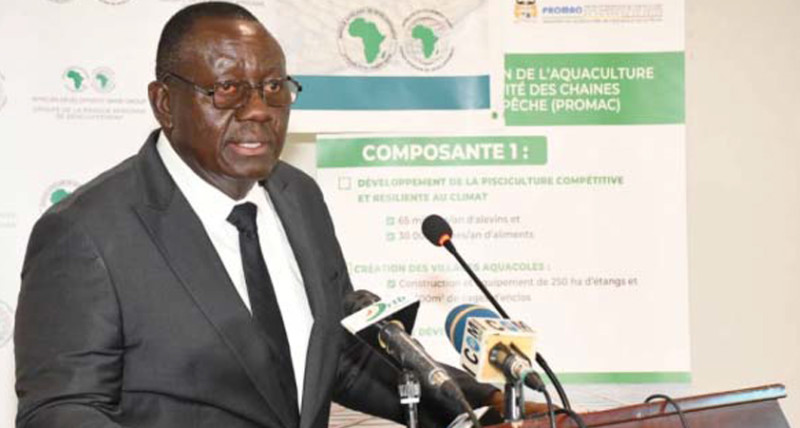As drought makes access to water increasingly challenging in Morocco, the kingdom is turning to the technique of seawater desalination. The economic capital, Casablanca, launched construction on Tuesday, January 23, of the largest plant on the continent, aiming to produce 300,000 cubic meters of drinking water per year.
With the Casablanca plant alone, Morocco aims to double its capacity for desalinated water production: from 192,000 cubic meters, the kingdom seeks to reach a total of over 400,000 cubic meters annually. The primary targets include the drinking water needs of the population and the agri-food industry – a significant consumer but a cornerstone of the kingdom’s economy.
The Casablanca desalination plant will be tasked with supplying water to the region of the country’s largest city, thereby relieving the usual water sources for future use in agriculture and livestock.
For the past six years, drought has severely impacted Morocco, prompting the country to explore new solutions for water supply. The construction of desalination plants is thus a priority for the country in the coming years. In addition to the Casablanca facility, 15 other plants will be constructed by 2030, according to the Minister of Equipment and Water.
These ambitious projects sometimes stir controversy. Regarding the Casablanca project, construction is financed by a consortium led by the Spanish company Acciona and two Moroccan companies led by Prime Minister Aziz Akhannouch.



